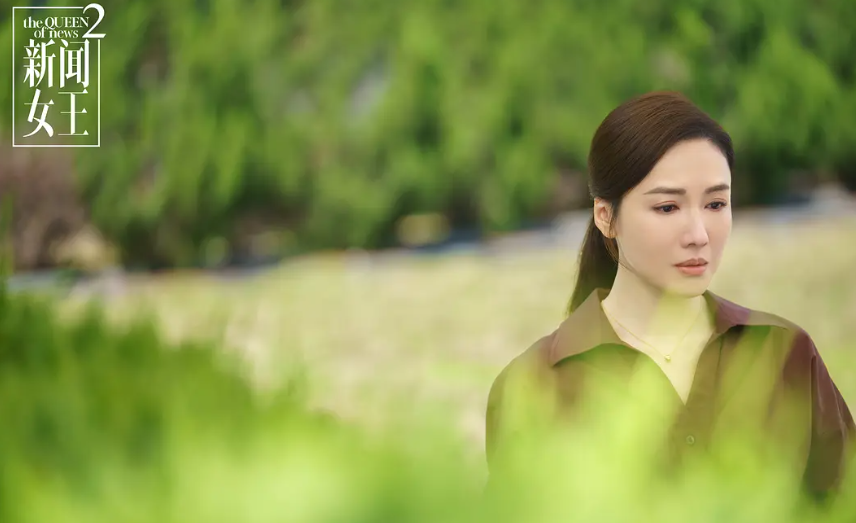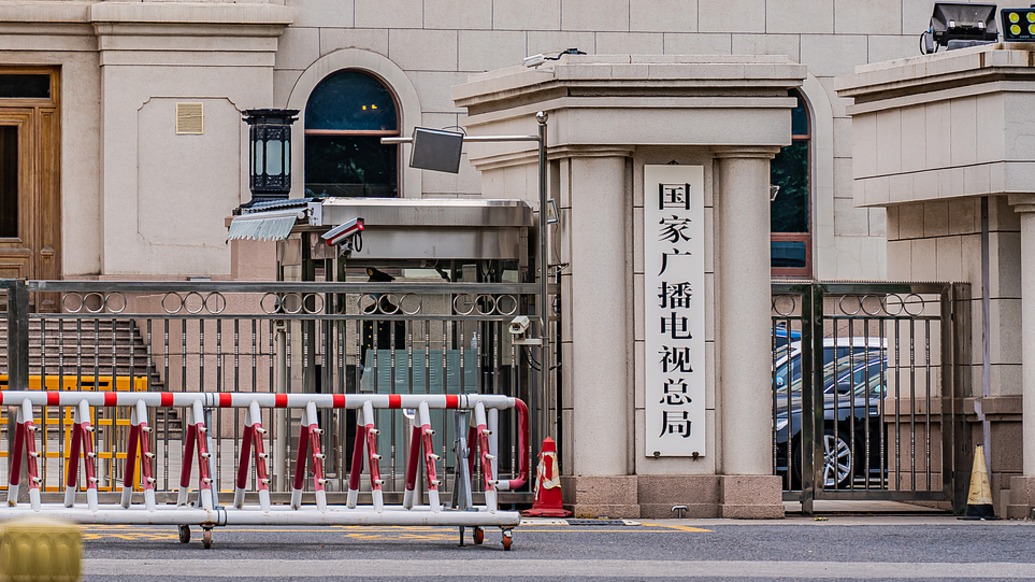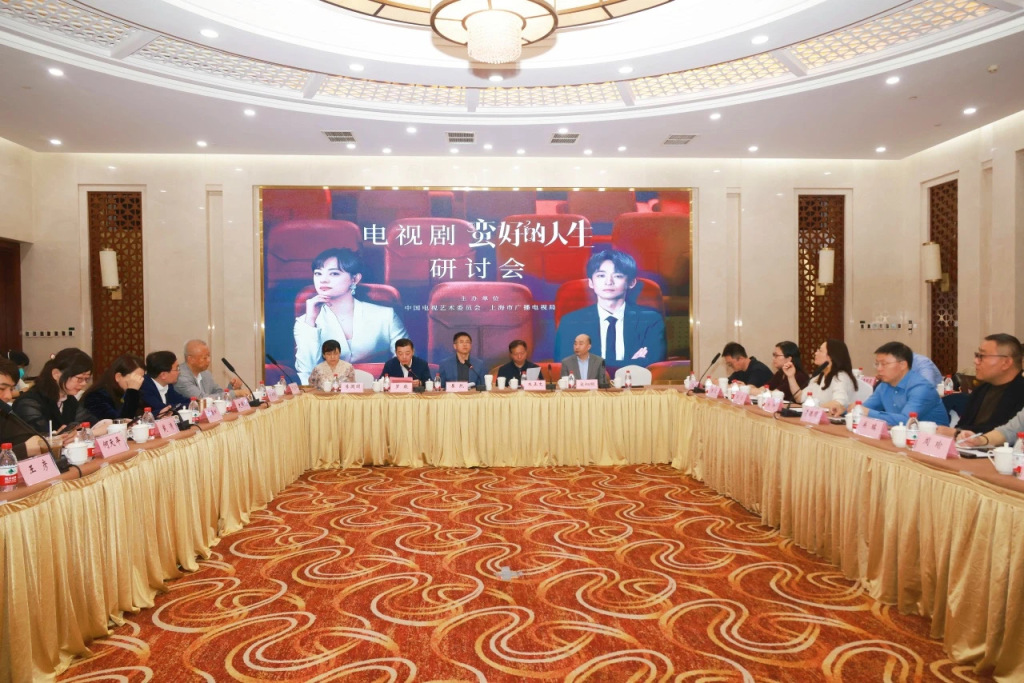
On November 21, the realism-themed drama "Welcome to Maile Village" was launched. The drama is based on the history of China's foreign aid medical development, but it chooses to use a very humane and down-to-earth perspective - "a conceited, good-faced person" There is also a cute middle-aged man trying to overcome his career crisis." The choice of perspective makes it different from ordinary workplace dramas, popular industry dramas, and conventional foreign aid medical dramas, which narrows the distance between the story and the audience.

Stills from "Welcome to Maillot Village"
In terms of plot, "Welcome to Maille Village" has a realistic workplace and characters that can resonate emotionally with young audiences. In addition, the drama also includes the group portraits of the medical team, the relationship between middle-aged couples, and the stories of foreign aid doctors and their families. triggered discussions among netizens.
On December 20, a symposium on the creation of the TV series "Welcome to Maile Village" hosted by the State Administration of Radio and Television was held in Beijing.
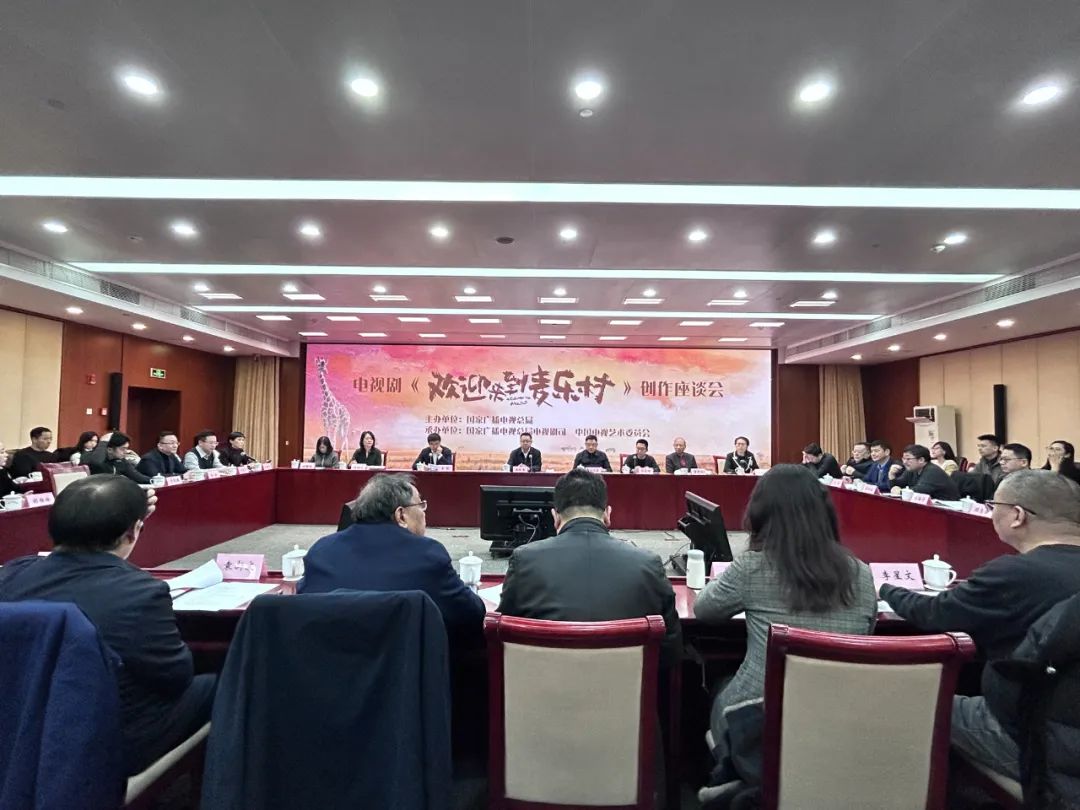
Symposium site
Zeng Yingxue, the representative of the producer of the drama and the person in charge of Perfect World Film and Television, introduced how to present such a grand theme of foreign aid medical teams to the audience, “We interviewed more than 100 foreign aid doctors from all provinces across the country and filmed more than 1,000 hours of materials, and in December last year, we went to Africa for in-depth research and shooting." During the production, the organizers also built a shooting scene of more than 12,000 square meters.
Liang Zhenhua, the chief screenwriter and chief producer of "Welcome to Maile Village", reviewed the four-year creation process of the play and said: "The creation process of the play is also a process for all of our main creators to find their roots and take root. From interviews during the script creation More than a hundred foreign aid doctors organized a team to go to Tanzania for in-depth research during the epidemic, and we are deepening our lives step by step."
Liang Zhenhua specifically mentioned the word "lively" used by everyone when commenting on "Welcome to Maillot Village", and said: "I particularly resonate with the word 'lively'. Today's theme creation has already become in line with the times." We should try not to shout a slogan when creating new aesthetic expressions and aesthetic forms. In my understanding, when creating, we must change the tone of voice, avoid preaching, do not be condescending, look level, close the distance with the audience, and use vivid images. Characters, plot and language to carry the ideological connotation.”
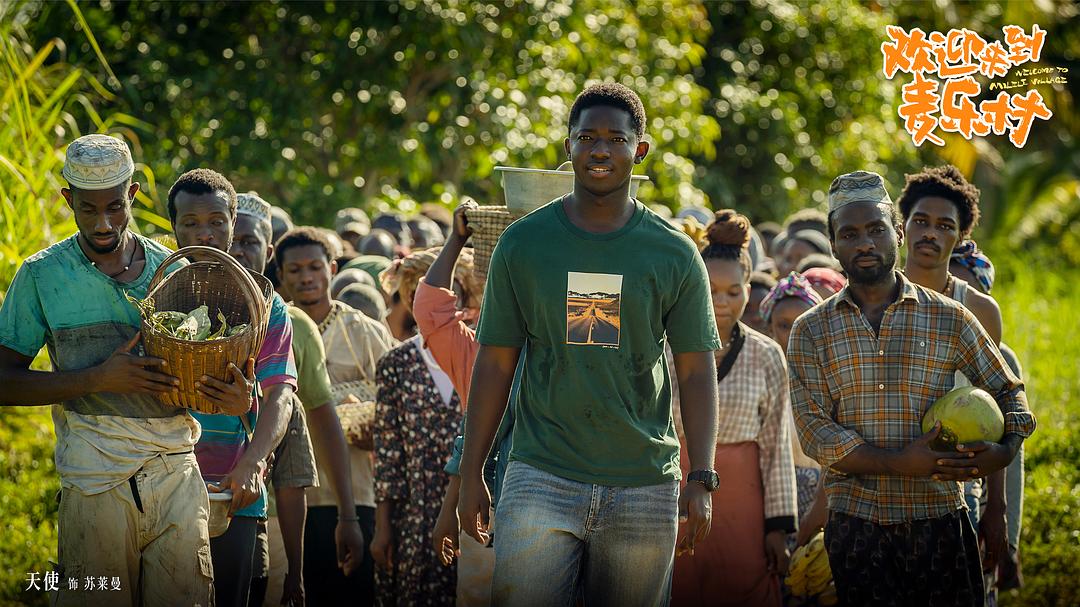
Stills from "Welcome to Maillot Village"
Liang Zhenhua also mentioned the word "joint force", "'Maile Village' was filmed in six places in China and Tanzania. We coordinated dozens of agencies from the two countries and a crew of 170 people to go to Africa for filming, and mobilized more than 2,000 foreign actors. In Among contemporary film and television dramas, the production difficulty of this work may have set a record.”
Director Jin Ye mentioned that the core sentence in "Welcome to Maile Village" is "Arrival is meaning." "We use vivid and real characters like Ma Jia to convey the two-year work of the foreign aid medical team. , life, and emotions are all-round display. Each character is not perfect and has his or her own dilemmas and inner demons. We use a relaxed and humorous style to present their daily fireworks. And the real-life shooting in Africa not only presents humanities and The wonders of the region also present a different way of life and philosophy of life.”

Stills from "Welcome to Maillot Village"
Sun Shuang, chief medical consultant of "Welcome to Maile Village" and a member of the 18th batch of medical aid team to Zimbabwe, said that going to Africa this time is a reunion and seeing again: "From every instrument used to build the scene in the two countries and six places, , every poster, every behavior and dress of medical staff, to the African cases and film data flashing on the screen, to the changes in the electrocardiogram curve and data in less than a few tenths of a second that non-professionals cannot detect at all. Presentation, and finally the translation of lines and titles in Chinese, English, and Swahili in each episode. This is both incredible and unimaginable to me. The sentence I heard most among the crew is, This drama is too difficult. Each of us is working hard to present a quality, and through this filming process, I can feel the deep respect and delicate emotions in this drama."
Zhong Chengxiang, librarian of the Central Research Institute of Literature and History and a famous literary critic, Yuan Xinwen, director of the Literature and Art Department of the People's Daily, Hu Zhifeng, vice chairman of the China Television Artists Association and professor of the School of Art and Media of Beijing Normal University, Zhao Tong, director of the Television Art Center of the China Federation of Literary and Art Circles, Dai Qing, a professor at the School of Drama, Film and Television of Communication University of China, Lu Fan, director of the Audio and Video Office of Peking University Integrated Media Center, and drama critic Li Xingwen affirmed the play’s innovation in subject matter, content, and artistic style, and believed that the play is a “light comedy.” The humorous style tells thought-provoking life issues, showing the spirit of the medical team aiding Africa in saving lives and helping the wounded and passing on the legacy from generation to generation. It also discusses how to innovate major theme creations and realize the transformation from "events" to "stories".
